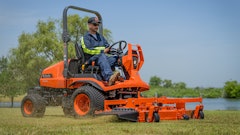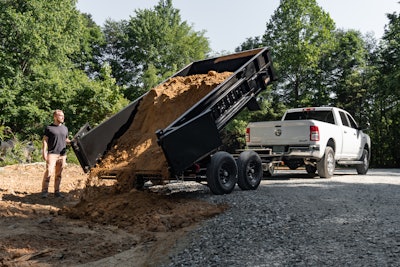
For lawn and landscape professionals, a well-maintained trailer is crucial for running a profitable business. Including hauling mowers and heavy equipment and transporting other bulky materials, your trailer takes on significant wear-and-tear throughout the working season.
That’s why neglecting routine maintenance is a sure way to encounter costly repairs and unexpected downtime, ultimately affecting your bottom line. When you can’t transport your equipment or materials, you can’t make money. If you want to keep your trailer in top shape, it’s good practice to follow a detailed maintenance schedule to maximize your trailer's performance and reliability.
While you should always consult the owner’s and axle manuals for your individual trailer, there are some general guidelines all trailer owners should be aware of for maintaining and operating your trailer safely.
Before you tow
Each time you plan to tow your trailer, it’s important to take some time to inspect and service the following items:
- Brakes (if equipped): Check operation.
- Breakaway battery: Ensure connections are clean and the battery is fully charged.
- Safety chains and hooks: Check for wear and damage.
- Coupler and hitch ball: Check for cracks, pits and flats. Replace coupler and hitch ball, if needed. Grease and then check the locking device and replace when worn.
- Ring and pintle: Follow the same steps as you would for the coupler and hitch ball. Replace if needed.
- Tires: Check tire pressure when cold and inflate as needed. Also, check for damage.
- Wheels (lug nuts or bolts and hub): Check for tightness and tighten. For new or remounted wheels, check torque after the first 10, 25, and 50 miles of driving and after any impact.
Monthly
Once per month, inspect and service your trailer for:
- Lubrication: Lubricate gate and door hinges if your trailer is equipped.
Every six months
At six-month intervals, be sure to inspect and service the following areas on your trailer:
- Brakes: Check electric brakes (magnet, controller in tow vehicle) for wear, current draw, power output, modulation and overall operation; inspect surge brakes for proper function and master cylinder level; adjust brake shoes and drums.
- Tires: Thoroughly inspect tread and sidewalls. Replace tires when treads are worn and/or the sidewall is worn or has a bulge. Rotate tires every 5,000 miles.
- Safety chains and hooks: Check for wear or damage.
- Coupler and hitch ball: Check for cracks, pits and flats. Replace coupler and hitch ball, if needed. Grease and then check the locking device and replace when worn.
- Ring and pintle: Follow the same steps as you would for the coupler and hitch ball.
- Wheel bearings: Check for loose, worn or damaged wheel bearings. Lubricate the bearings as needed.
Annual Maintenance
Lastly, every year, check and service the following components on your trailer. As a reminder, trailers should also be professionally inspected annually, as well as after any impact incidents.
- Brake shoes and drums (all types): Check for scoring and wear. Replace per manufacturer specifications.
- Jack, drop-leg (if equipped): Grease gears at the top.
- Structure frame members: Inspect all frame members, bolts, and rivets. Repair or replace damaged, worn, or broken parts.
- Structure welds: Inspect and repair all welds as needed.
- Wheel bearings: Disassemble, inspect, assemble and repack. Replace immediately if immersed in water.
- Wheel rims: Inspect for cracks and dents and replace as needed.
- Axle attachment bolts: See your dealer for inspection.
- Brake wiring: Check for bare spots, fraying, etc. and replace as needed.
Longevity and reliability
A properly maintained trailer will serve you and your business well for many years, and the same will make for a safer haul each time you tow it. If you have specific questions regarding your trailer, consult your owner’s manual or reach out to your dealer.
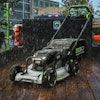

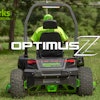

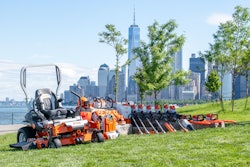
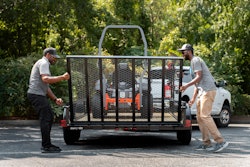
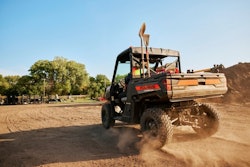

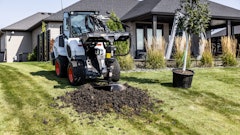
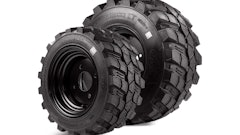
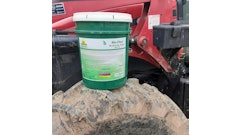


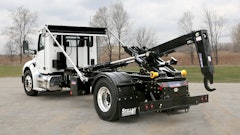
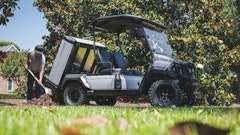
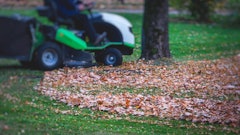

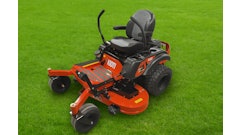
![U8kj71gt 720[1]](https://img.greenindustrypros.com/mindful/acbm/workspaces/default/uploads/2025/10/u8kj71gt-7201.8OyDyc124u.jpg?ar=16%3A9&auto=format%2Ccompress&fit=crop&h=135&q=70&w=240)
